The Digital Single Market: Pillar 2
The Digital Single Market: Pillar 3
Over the next few weeks we will be sharing more information and explanation about the core elements of the recently published European Digital Single Market strategy (DSM). This is in advance of Tuesday 23rd June, when we are pleased to be hosting Director General Robert Madelin and his team from the Commission for a consultative event with UK digital tech businesses. This is your chance to better understand – and influence – a significant policy agenda. Sign up for the event now.
The European Commission published its Communication on a Digital Single Market Strategy for Europe on 6 May 2015. This document contains proposals for a wide range of initiatives, many of them legislative, to remove barriers to online trading in the EU.
The Digital Single Market strategy is built around three pillars:
- Improving access for consumers and businesses to digital goods and services across Europe (e-commerce)
- Creating the right conditions and a level playing field for digital networks and innovative services (infrastructure)
- Maximising the potential of technological innovation (digital economy growth)
Pillar 1: e-commerce
The primary focus of pillar 1 is to implement better access to digital goods and services across Europe. This, in theory, is of benefit to everyone; businesses and consumers alike. It is estimated, admittedly by EU researchers, that if the same rules for e-commerce were applied in all EU Member States, 57% of companies would start to increase their online sales to other EU countries. The Commission’s proposals include the following:
- Legislative proposals to reduce the differences between national copyright structures and allow for wider online access to content created across the EU. In addition, these proposals will include portability of legally acquired content, ensuring cross-border access to legally purchased online services and modernising enforcement of intellectual property rights to protect content creators
- Action to end “unjustified” geo-blocking which generally involves the use of technical means to prevent users outside a designated territory gaining access to a website, or techniques for re-routing consumers in certain geographical areas to a different website (where the relevant products or prices might differ). In 52% of all attempts at cross-border orders the seller does not serve the country of the consumer – less clients, less revenues for companies. It’s worth noting that images, films or music and games are the most popular online activities and digital spending on entertainment and media has double digit growth rates (around 12%) for the next five years. 1 in 5 Europeans is interested in watching or listening to content from other EU countries and 1 in 3 Europeans is interested in watching or listening to content from their home country when abroad
- Measures to improve regulatory oversight and price transparency of parcel delivery making the process smoother and less administratively demanding. Affordable parcel delivery costs are very important. More than 90% of e-shoppers consider low delivery prices and convenient return options as important when buying online. 62% of companies that are willing to sell online say that too high delivery costs are a problem
- New harmonised contract rules and taxation rules across the EU for online purchases of digital content, with a set of mandatory EU contractual rights for domestic and cross-border online sales of goods. Two much money is spent on navigating different taxation and regulatory environments. The Commission wants to tackle this head on with a set of policies that makes trading and purchasing easier for everyone so that rights are protected efficiently, with the minimal bureaucratic headache
For more on the pros and cons, including a ranking of different elements of the strategy, check out commentary from Politico.
Next week we look at pillar 2: infrastructure.
The Digital Single Market: Pillar 2
The Digital Single Market: Pillar 3


